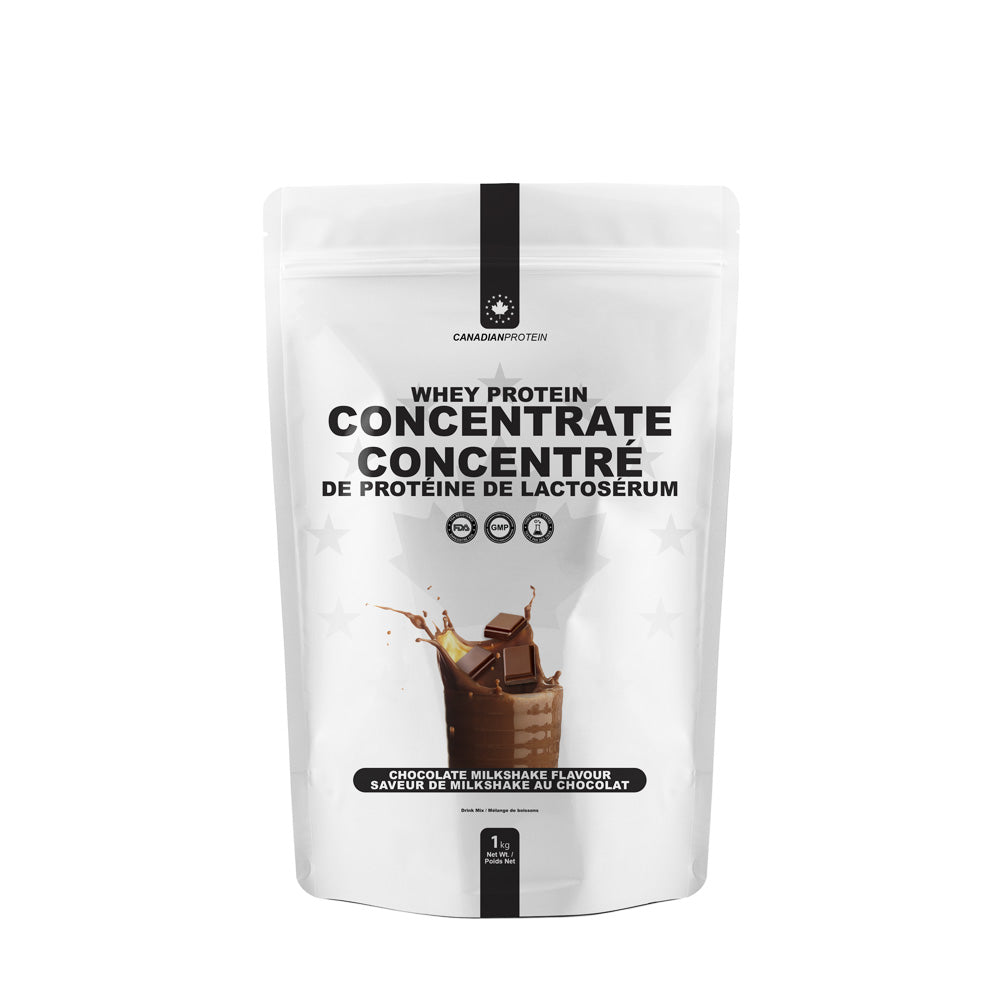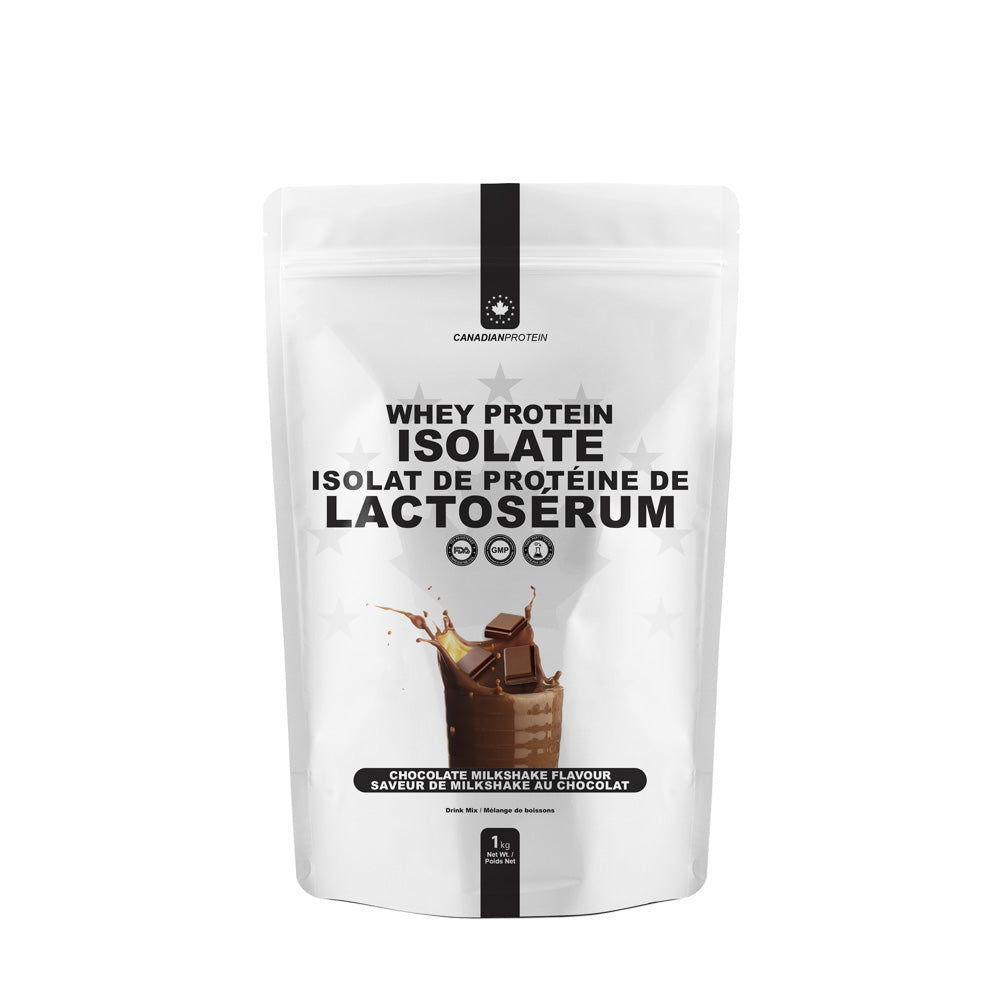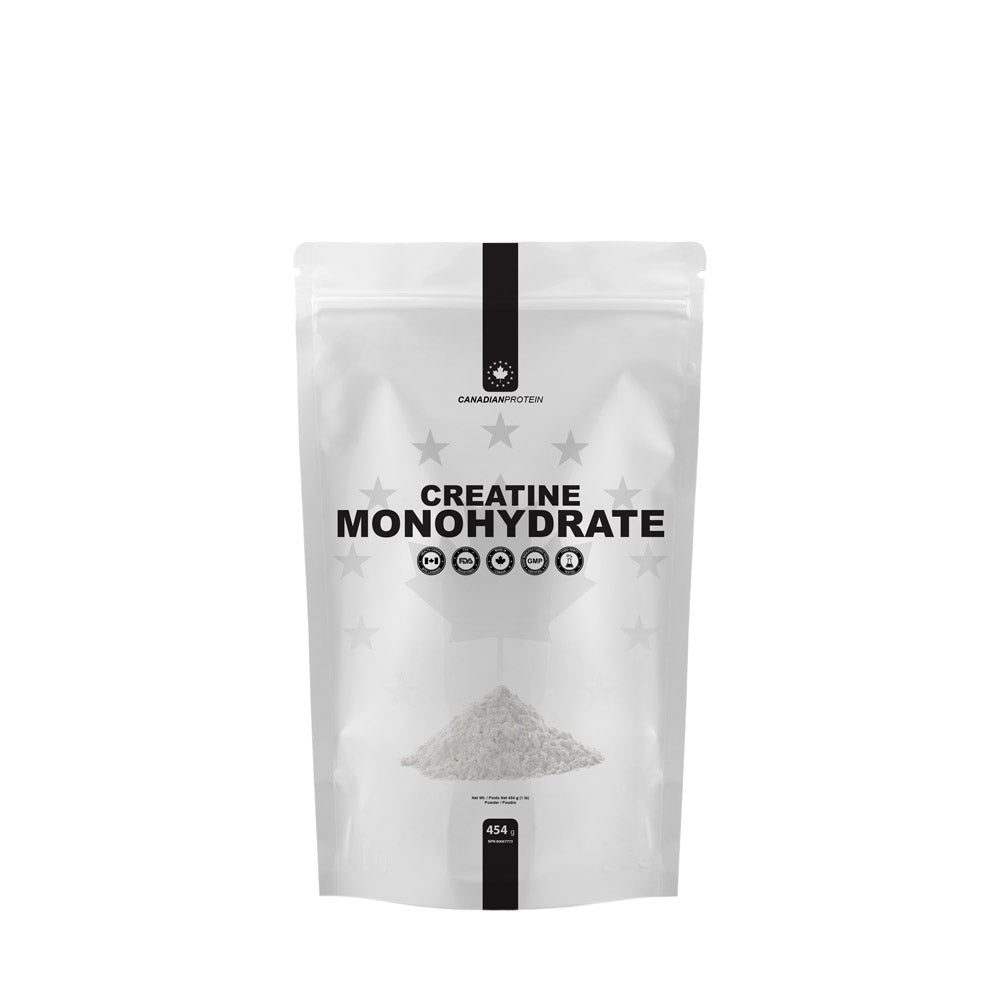If you enjoy long days, short nights, warm sunshine, and a generally happy vibe, you’ll love the summer and you’ll eagerly be awaiting the end of winter. Though the winter is not yet over for many of us, it certainly will not be long until spring shows its face for the New Year. If you’re looking to go into the summer with a lean, ripped, aesthetic physique, you’ll want to make sure that you start your cut off right. Cutting is not as easy as some people would have you believe however, and it is certainly about so much more than simply restricting your calories and upping your cardio, which is where people often go wrong. You see, cutting down, whether for the summer, a holiday, a contest, a photoshoot, an event, or any other reason, is a very complex process which varies from person to person. If you wish to be lean, ripped, and aesthetic, here are a few common cutting mistakes that you should ensure you avoid.
Not knowing your goals

It’s all well and good saying that you want to go on a cut, but what actually is a cut? To some people, a cut is simply dropping a few pounds of excess body fat and tightening up a bit. For others however, a cut is the process of getting down into single digit body fat percentages, whilst increasing your vascularity and lean muscle mass in the process. Before you begin your cut, you need to know what your end goals and targets may be. To some, a successful cut may be based around getting to a certain weight with visible abs, whilst others will wish to reach single digit body fat percentages and achieve stage-ready physiques. To ensure your cut is successful, you need to know what your end goals and targets are. Only you will know these, so don’t worry about anybody else, simply focus on you and what you want.
Dropping calories by too much
In order to cut successfully and burn body fat, you must place your body into a caloric deficit, and that is it. This basically means that you need to ensure that you are burning off more calories than your body needs to maintain itself. You would think then, that the higher the deficit the faster and more impressive the weight loss, but that is not true. If calorie consumptions drop too low, your metabolism will slow down and will barely function, so you will find it much harder to lose weight, you will have no energy, your workouts will suffer, and your body will actually try its hardest to hold onto any remaining body fat as that is a source of emergency energy for it. Ideally your calorie deficit should be around 300 – 500 calories below maintenance, as this will result in a gradual and sustainable weight loss, without shocking your metabolism and leaving you feeling tired and drained. If then, you require 2500 calories for maintenance, each day you should be aiming for 2000 – 2200 calories.
Being too strict

Of course you can’t expect to be able to burn body fat and preserve lean muscle if you are stuffing your face with thousands of calories of worth of junk food each day, but at the same time, it is important that you allow yourself a treat every now and then. A lot of people think that cutting means they need to be eating chicken, brown rice, and broccoli every day, for every meal. Whilst these lean and healthy foods are indeed ideal for cutting, you can enjoy a meal or two that is slightly off plan, providing you are sensible and providing you get right back on plan the very next day. An off plan meal will give you something to look forward to, it will help prevent you from cheating during the week, and it will not slow down or hinder your fat loss at all. In actual fact, it could very well help speed it up.
Obsessing over numbers
The objective behind cutting is to drop body fat whilst preserving/building lean muscle mass, and yes, that does mean you will lose weight. Despite this however, you should not obsess over the numbers your bathroom weighing scales show you every time you jump on, because these do not necessarily reflect the truth. Most common scales do not know the difference between water, fat, and muscle, so if the scales say you have gained weight, the weight is not necessarily fat, as it could be from muscle, water retention, or both. If you weigh yourself daily, even weekly, you will drive yourself crazy when the numbers don’t go the way you want them to, and that is not healthy for anybody. By all means use them as a guide every so often to help ensure you’re on the right track, but just make sure you don’t rely on them to give you an accurate insight into how well your cut may be progressing.
Not using supplements
When cutting, of course the goal is to create a slight calorie deficit in order to lose fat, but even so, that does not mean you should not use supplements. People often avoid supplements as they are worried that they contain calories and other macros that will make it harder for them to lose weight. In reality however, the exact opposite could be true. Whey protein, or, other similar protein supplements, are essential whilst bulking or cutting, because they help to preserve muscle, build muscle, and speed up the overall recovery process. Yes they do contain calories, but providing you factor these calories into your total daily intakes, there will be no problems whatsoever.













